Today is the beginning of Diwali, a five-day celebration marking the Hindu New Year. Also spelled “Deepavali,” the Hindu Festival of Lights celebrates Lakshmi, the goddess of wealth, and it signifies good triumphant over evil, light over darkness, knowledge over ignorance, and hope over despair. Diwali receives its name from the oil lamps known as diyas, which symbolize the casting out of darkness by the awakening light.
Diwali is celebrated on the 15th day of the Hindu month of Kartika, and is the most celebrated holiday in Hindu culture. It is also the most monetary and most pollutant holiday as well.
With that in mind, here are 3 Fast Facts you might not know about Diwali.
1. Diwali Is Possibly the Oldest Holiday in the World
Hinduism is the primary religion of India, and is also thought to be the oldest religion in the world, dating back to ancient times, which possibly makes Diwali the oldest surviving holiday as well.
A five-day festival immediately following the summer harvest in the Hindu calendar month of Kartika, Diwali is mentioned in ancient Sanskrit texts Padma Purana and Skanda Purana, which were both completed in the second half of the 1st millennium AD, though came from core texts extending much further back. The Skanda Purana describes the diyas lamps as symbolizing the sun, the cosmic giver of light and energy.
In some regions, the Diwali festival is associated with the legend of Yama and Nachiketa, recorded in Katha Upanishad, which is a story about right versus wrong, true wealth versus transient wealth, and knowledge winning over ignorance. During the festival, children hear the ancient stories and legends of conflict between good and evil, and light and darkness.
2. Diwali Is the Most Expensive Hindu Holiday
Nearly a billion people celebrate the festival around the world, and a large part of the celebration involves shopping.
In fact, Diwali is a major shopping festival season in India, where businesses offer special discounts and offers. This is because buying new things during the festival brings good fortune; people buy new clothes and gifts for themselves as well as for their families and close friends. It is essentially their Christmas.
Fireworks are a big part of the celebrations, and the cost of firecrackers and fireworks for the festival skyrocket to roughly $1 billion. This is a large amount of money that could otherwise go toward solving India’s current health and education crises.
3. Diwali Is the Most Pollutant Hindu Holiday
On the first day of Diwali, housewives and women do a spring cleaning of their homes in preparation of a New Year. Unfortunately, the following festivities over the next four days are disastrous for the environment and public health.
The third day of Diwali is their main New Year’s Eve, accompanied by massive displays of fireworks. Billions of dollars worth of fireworks ignite, leaving in their aftermath a variety of light, sound, air, and water pollutants. These fireworks cause health hazards, including respiratory issues.
In addition, a significant increase in electricity consumption forces heavy use of diesel generators to compensate for the spike in power demand. This in turn releases more pollution from fossil fuel burning.
So if you are one of the billion people participating in the festival of lights this year, keep close to your heart Diwali's spirit of renewal and new beginnings, while keeping in mind how best to positively impact the environment so it too might experience renewal.
Please SHARE this with your friends and family.

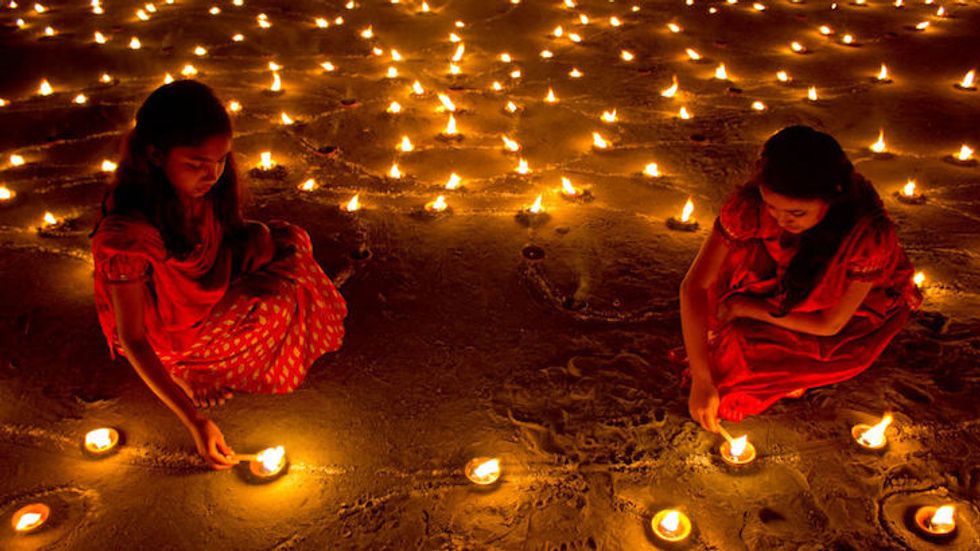
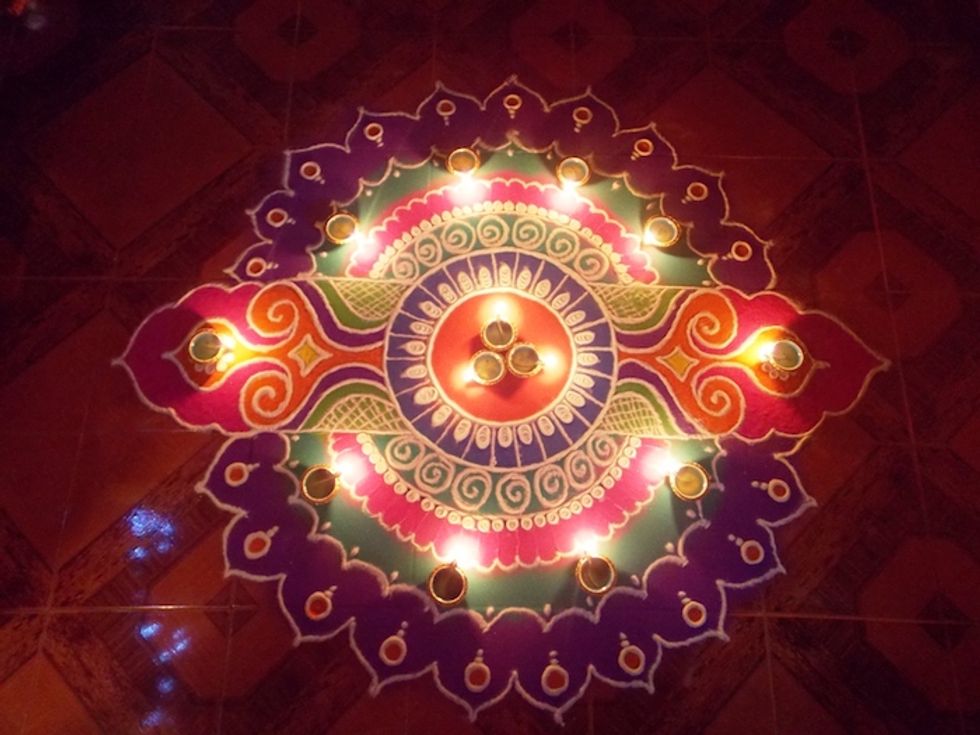
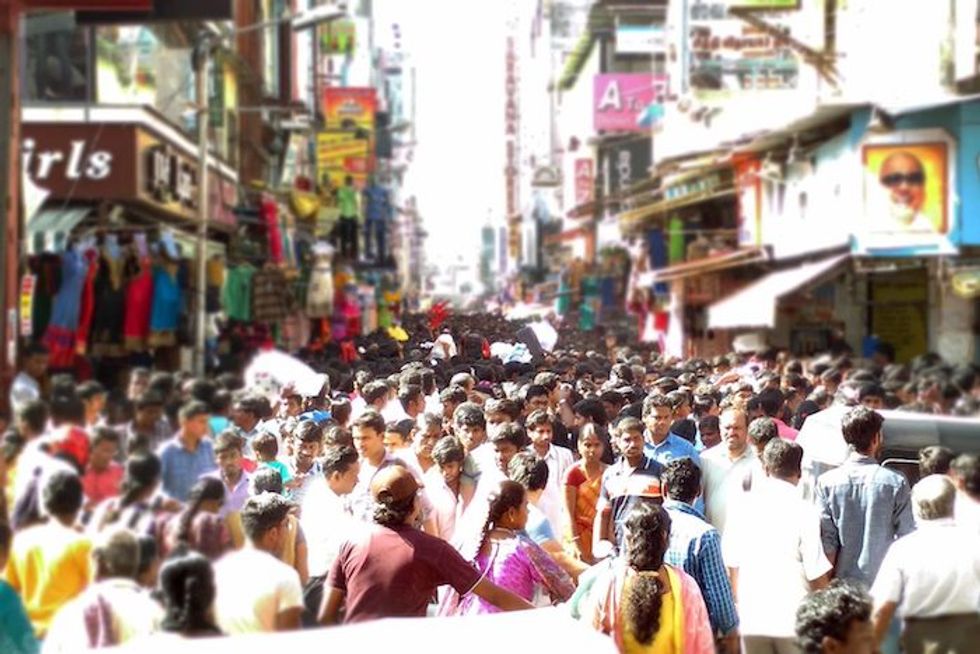
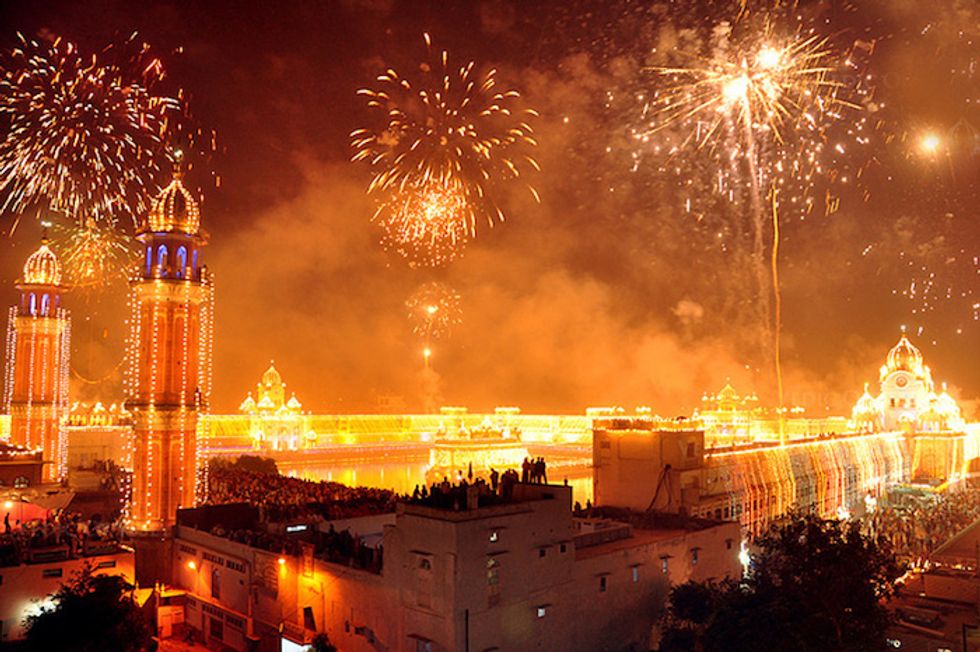
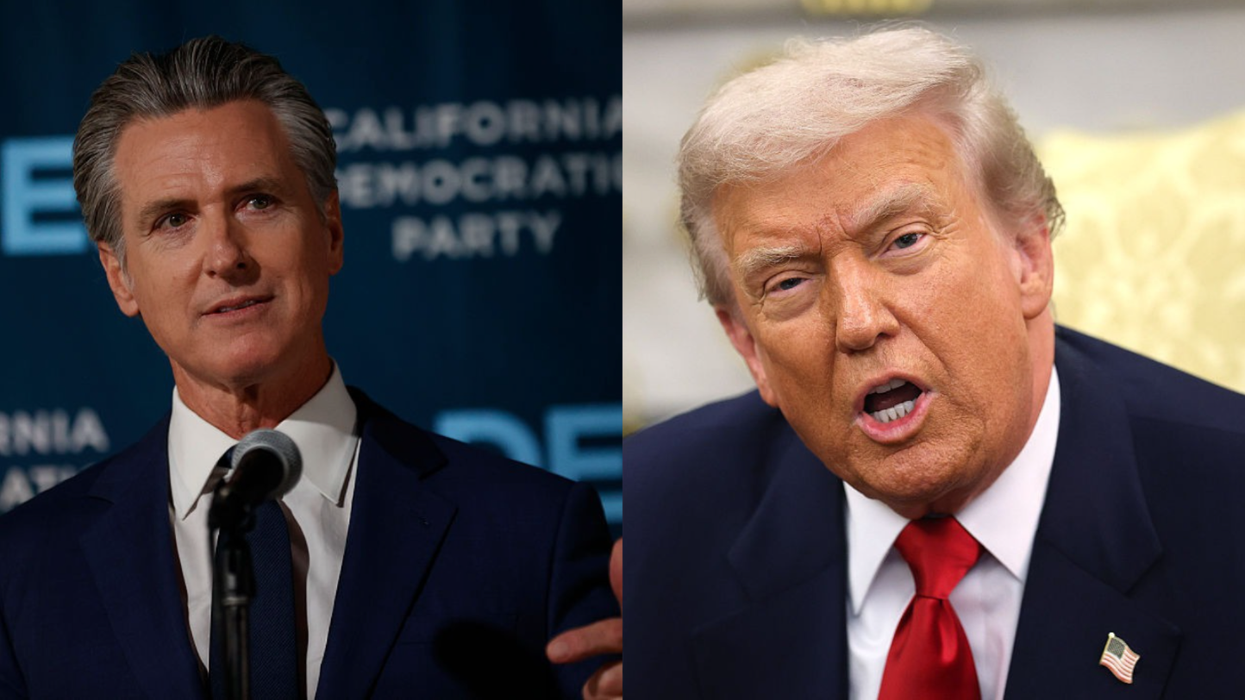

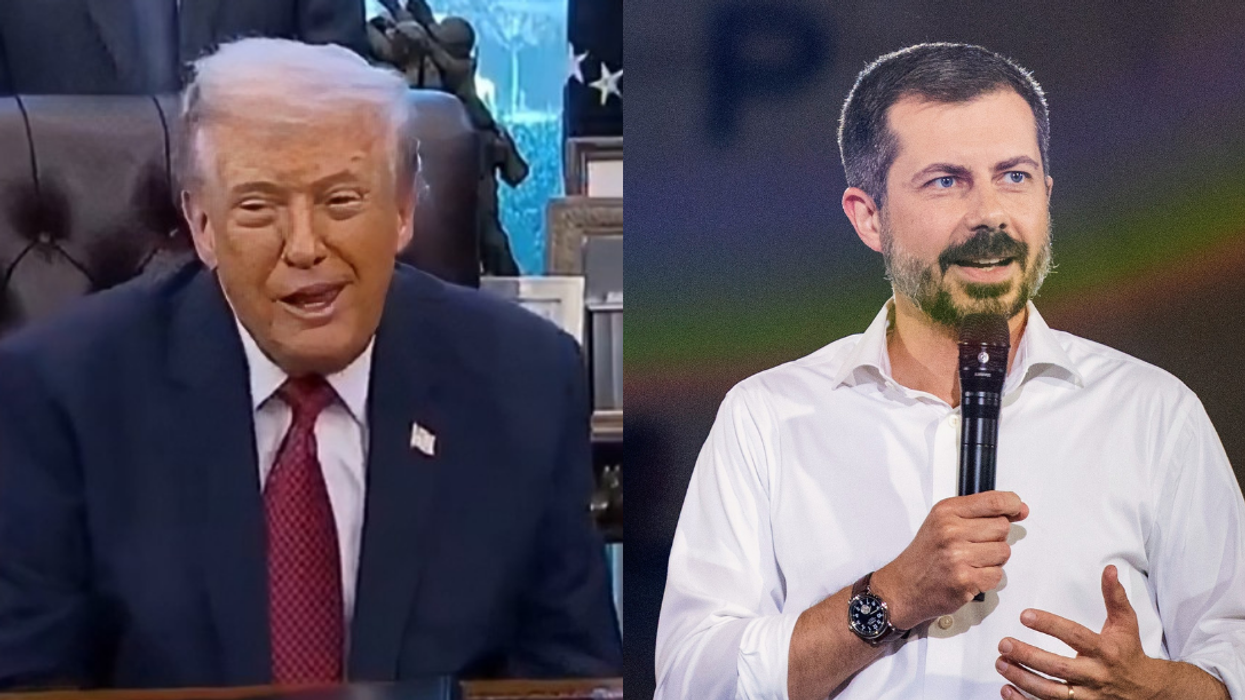
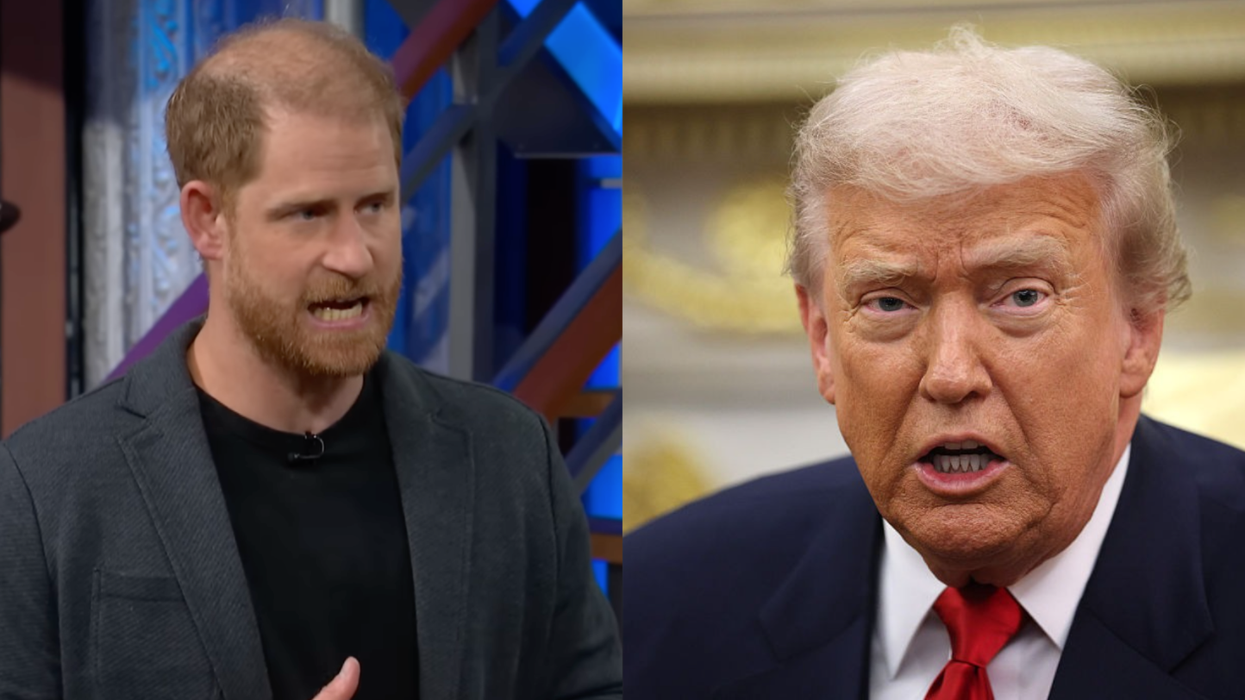


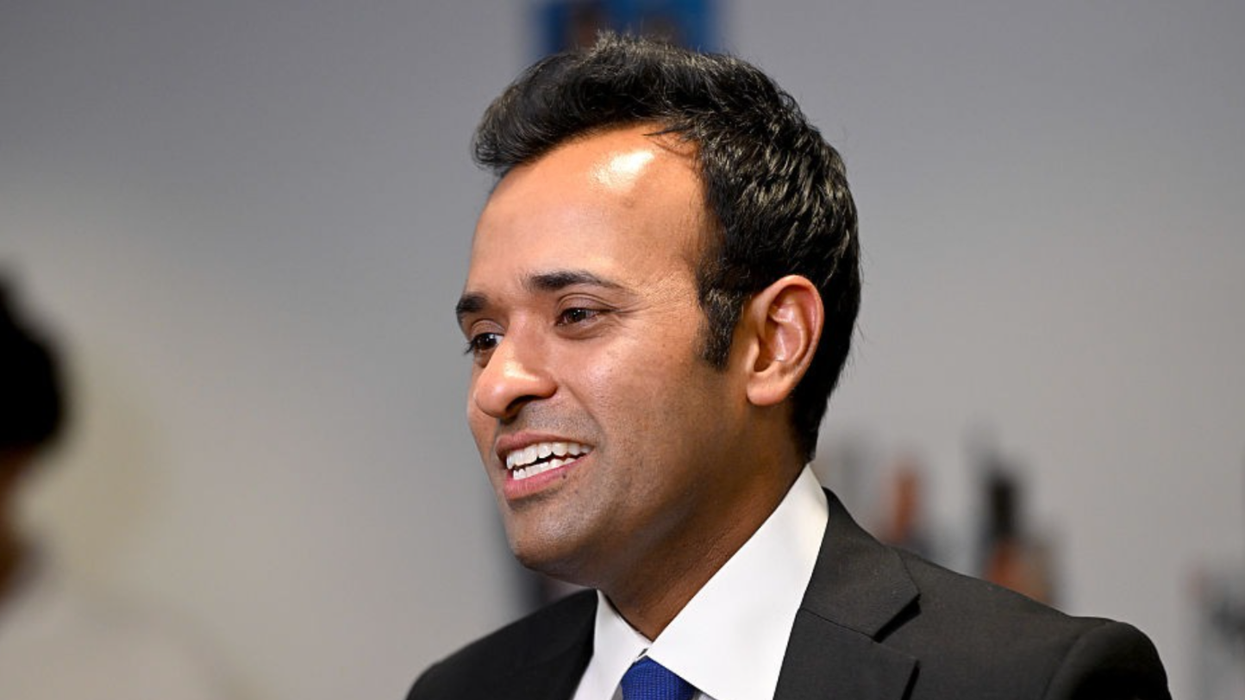


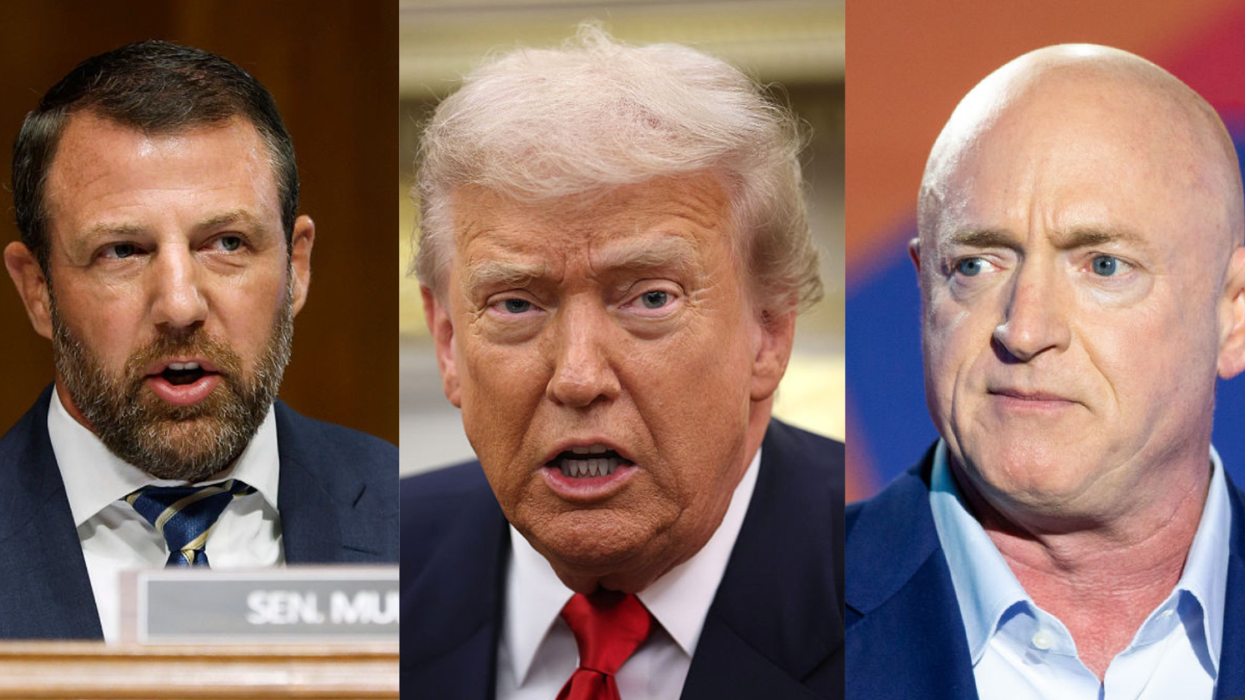

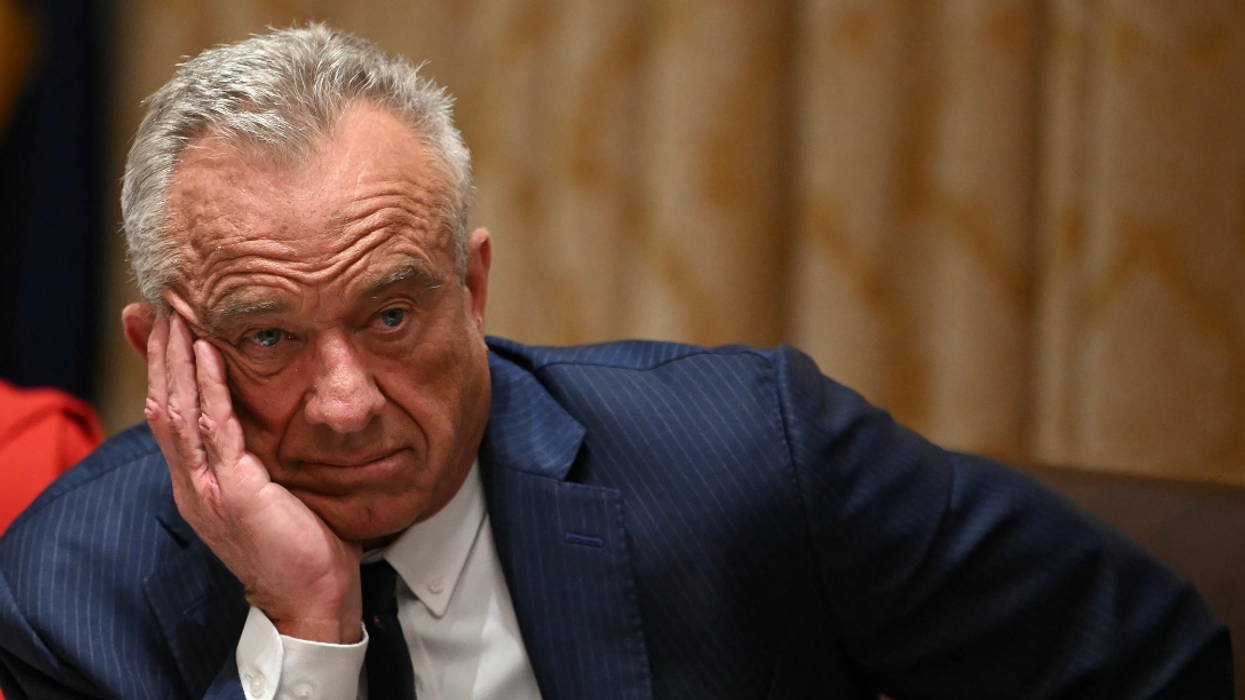

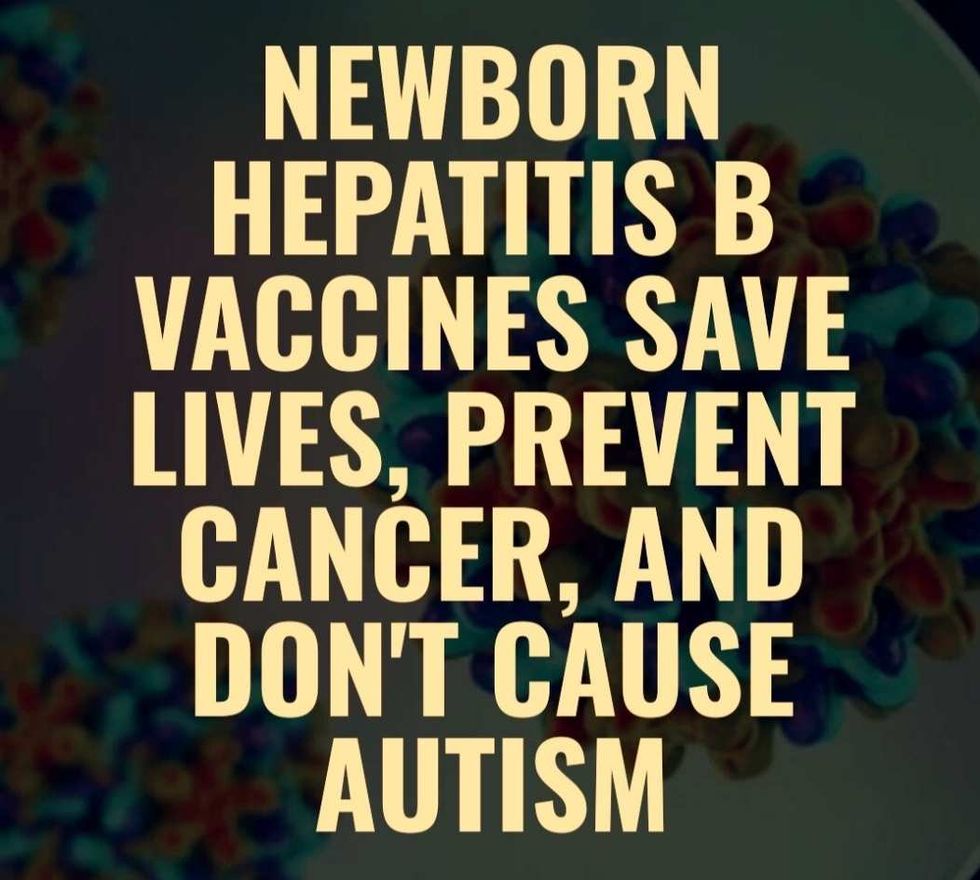 @drandrealove/Bluesky
@drandrealove/Bluesky @thebulwark/Bluesky
@thebulwark/Bluesky
 @monicasanluiss/TikTok
@monicasanluiss/TikTok @monicasanluiss/TikTok
@monicasanluiss/TikTok @monicasanluiss/TikTok
@monicasanluiss/TikTok @monicasanluiss/TikTok
@monicasanluiss/TikTok @monicasanluiss/TikTok
@monicasanluiss/TikTok @monicasanluiss/TikTok
@monicasanluiss/TikTok @monicasanluiss/TikTok
@monicasanluiss/TikTok @monicasanluiss/TikTok
@monicasanluiss/TikTok @monicasanluiss/TikTok
@monicasanluiss/TikTok @monicasanluiss/TikTok
@monicasanluiss/TikTok @monicasanluiss/TikTok
@monicasanluiss/TikTok @monicasanluiss/TikTok
@monicasanluiss/TikTok @monicasanluiss/TikTok
@monicasanluiss/TikTok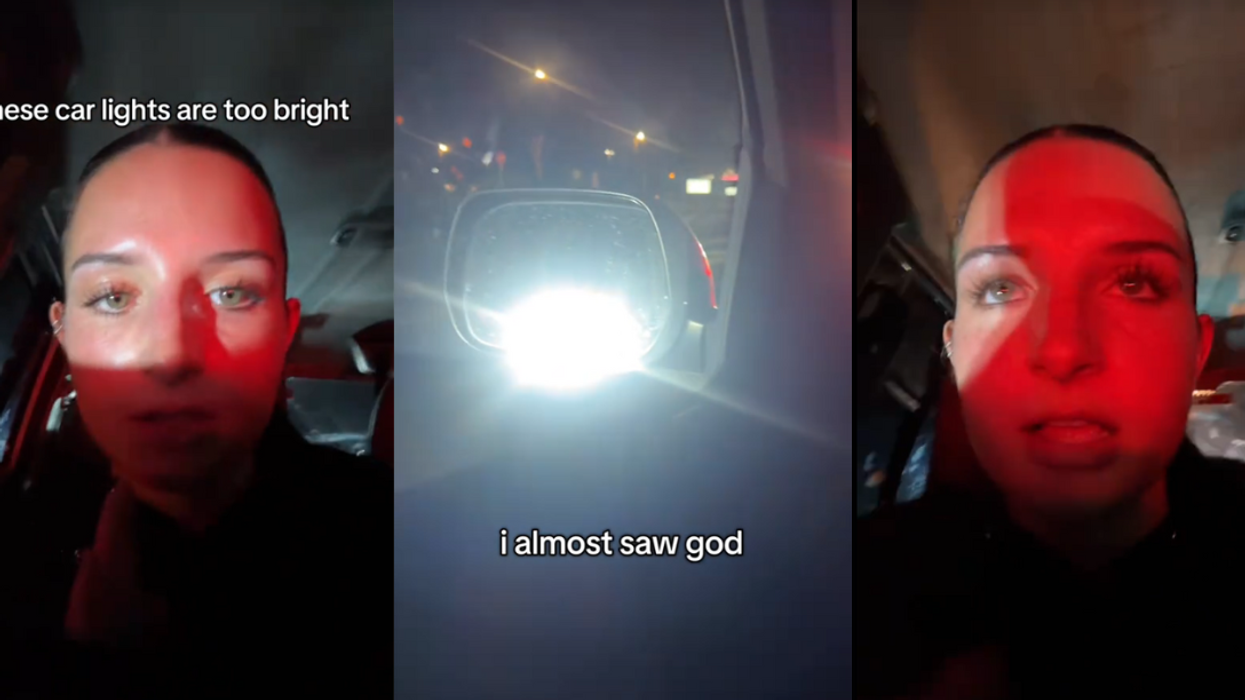
 @alexamcnee/TikTok
@alexamcnee/TikTok @alexamcnee/TikTok
@alexamcnee/TikTok @alexamcnee/TikTok
@alexamcnee/TikTok @alexamcnee/TikTok
@alexamcnee/TikTok @alexamcnee/TikTok
@alexamcnee/TikTok @alexamcnee/TikTok
@alexamcnee/TikTok @alexamcnee/TikTok
@alexamcnee/TikTok @alexamcnee/TikTok
@alexamcnee/TikTok @alexamcnee/TikTok
@alexamcnee/TikTok @alexamcnee/TikTok
@alexamcnee/TikTok @alexamcnee/TikTok
@alexamcnee/TikTok @alexamcnee/TikTok
@alexamcnee/TikTok